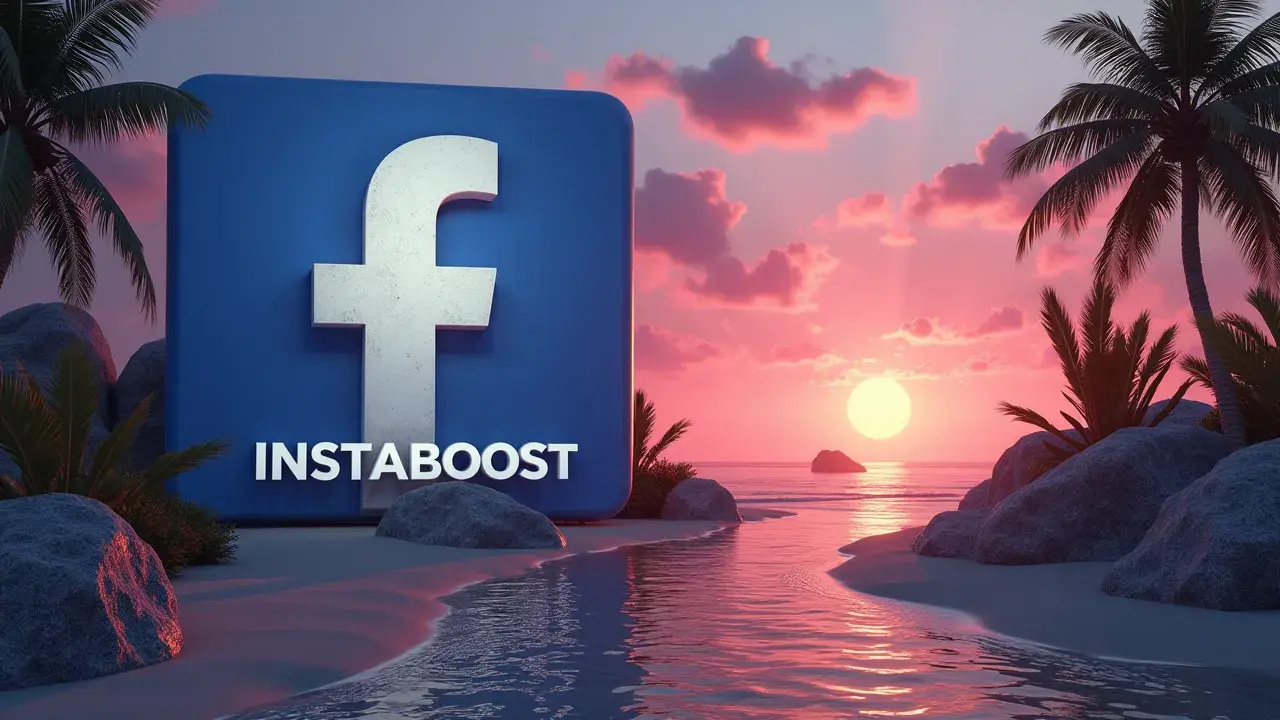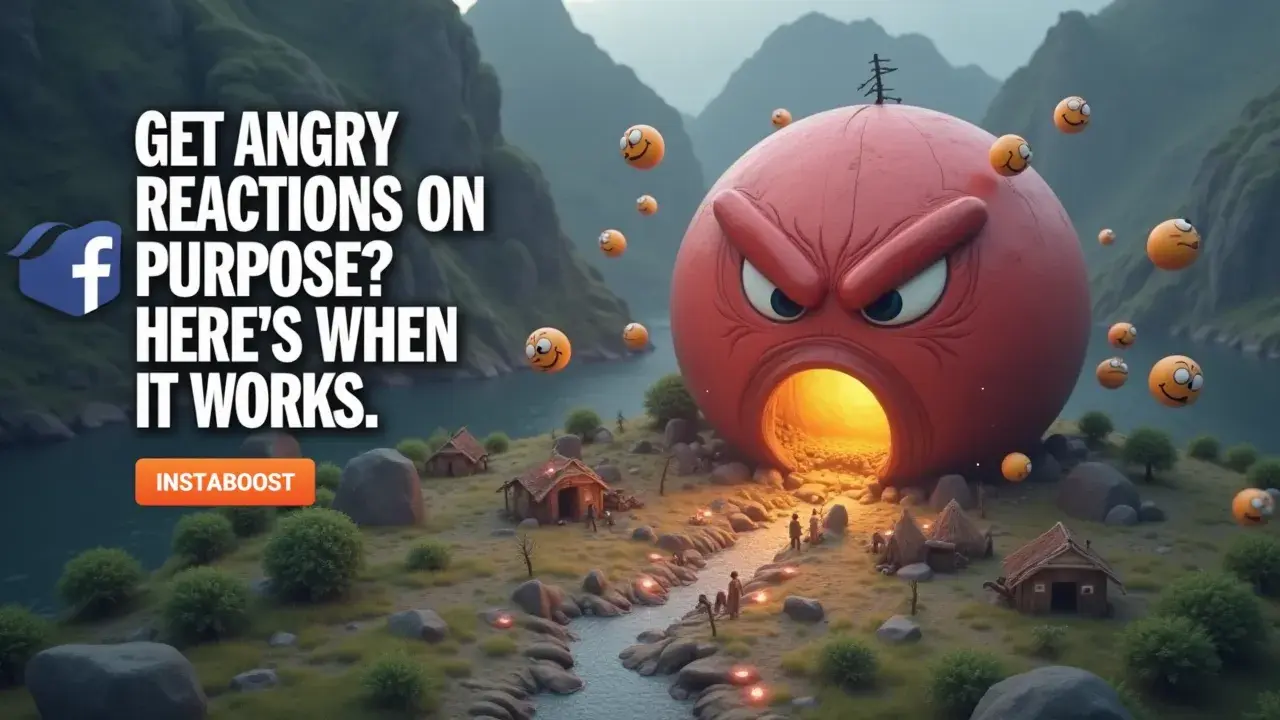Get Angry Reactions on Purpose? When It Can Work?
Provoking anger can be effective when it channels attention toward a clear objective and aligns with audience values. It tends to work in situations where outrage highlights genuine stakes, clarifies contrasts, or mobilizes support that would otherwise stay quiet. Misjudged provocation risks backlash or fatigue, but calibrated intensity with a focused message can convert emotion into action. The smart path is to target specific issues, gauge audience tolerance, and measure response quality rather than volume.
The Art and Fallout of Provoking Anger Online
These days, it seems like more creators and brands are deliberately trying to make people upset – not because they thrive on chaos, but because they realize that when people get angry, they’re more likely to respond. You’ve probably noticed this yourself: a post that annoys you often ends up with a long thread of heated comments.
Social networks like Facebook and X (the old Twitter) are actually set up to push posts that get strong reactions, especially arguments. It isn’t always some random attempt to stir the pot; there’s a plan behind it. Research shows that anger moves faster online than positive feelings, and when a post creates a debate, it usually reaches more people and can bring more traffic to a site.
Social networks like Facebook and X (the old Twitter) are actually set up to push posts that get strong reactions, especially arguments. It isn’t always some random attempt to stir the pot; there’s a plan behind it. Research shows that anger moves faster online than positive feelings, and when a post creates a debate, it usually reaches more people and can bring more traffic to a site.
But there’s a catch – it’s not always a win. Sometimes, chasing outrage backfires. If a brand or creator pushes too far, people might tune out or stop trusting them.
So if you’re running a blog, building a business, or working with something like INSTABOOST, the hard part is figuring out when this kind of strategy actually connects with people and when it does more harm than good. That’s especially relevant if you’re also thinking about ways to expand your Facebook strategy. Understanding that means looking closely at why these emotional triggers work so well online and also paying attention to the moments when it’s better not to lean on them at all.

Why Anger Gets Results – And Why It’s Not Just Clickbait
I used to dismiss posts that seemed designed to provoke people, assuming they were only there for cheap attention. But after spending more time looking into how social media works, I realized there’s more going on. Platforms like Facebook and X don’t just highlight posts that get any kind of feedback – they pay special attention to posts that trigger strong emotions, especially negative ones like frustration or anger. The logic is simple: people are more likely to comment, share, or argue when they feel stirred up, which means those posts get pushed further by the algorithm. For brands and creators trying to get noticed, making people feel something – even if it’s irritation – can be a way to cut through the noise.
There’s also evidence that these kinds of posts can bring more visitors to your site; I remember coming across advice to boost your social reach on Facebook that mentioned similar points about the value of engagement, regardless of whether it’s positive or negative. Heated arguments in the comments aren’t always empty; sometimes, they send people over to check out what you’re actually offering. That’s why places like INSTABOOST track all kinds of reactions, not just the positive ones.
Of course, there’s a line between encouraging honest debate and starting problems you can’t control. But when you pay attention and don’t push it too far, using anger to drive engagement is more about understanding how people interact online than about trying to stir things up for the sake of it.
Of course, there’s a line between encouraging honest debate and starting problems you can’t control. But when you pay attention and don’t push it too far, using anger to drive engagement is more about understanding how people interact online than about trying to stir things up for the sake of it.
When Anger Drives Real Engagement
You don’t have to respond to every trend that comes along – instead, it helps to look for real engagement. If you want people to actually talk in the comments, or maybe visit your website, sometimes anger plays a role. But it isn’t about stirring things up just to get a reaction.
It’s more about channeling that frustration into something useful, like moving the conversation forward. Let’s say you run a Facebook page and post an opinion that goes against what most people think. If you’re thoughtful about it and speak to something people care about, you’ll probably see a lot of angry comments.
That’s where you need to have a plan. Those heated replies can actually help your page: longer comment threads, debates, or even people tagging their friends all let the platform know your post is meaningful, so it reaches more people. I’ve noticed that the more people see a post, the better the chances someone will increase post engagement today just by getting involved, whether that means clicking through to your website or starting a conversation that actually matters. It’s important not to fake outrage or go off-brand.
Instead, you can use topics people already talk about – maybe a real industry issue or a belief everyone seems to share – and question them in a way that feels honest. That’s something INSTABOOST does by getting into the debates their audience cares about. When you handle it this way, anger isn’t the end goal – it’s more like a sign you’ve touched on something real, even if it’s a little uncomfortable to sit with.
Instead, you can use topics people already talk about – maybe a real industry issue or a belief everyone seems to share – and question them in a way that feels honest. That’s something INSTABOOST does by getting into the debates their audience cares about. When you handle it this way, anger isn’t the end goal – it’s more like a sign you’ve touched on something real, even if it’s a little uncomfortable to sit with.
When Angry Reactions Miss the Mark
I remember when organic reach actually mattered, before it started to feel out of reach. It’s tempting to chase after angry reactions because you think it’ll get your posts noticed, but that usually backfires. Turning the comments section into a place to pick fights or stir up drama for bigger numbers isn’t hard to spot, and it does real damage to how people see you. Platforms like Facebook have caught on to this kind of thing, too. They’ve changed their algorithms to ignore engagement that seems forced or looks like someone’s just trying to get a reaction, especially when it’s about stirring up controversy for clicks instead of real conversation.
You can see this in how many pages lost reach after Facebook’s last update against “engagement bait.” If you’ve ever tried to boost views on page content, you probably noticed that chasing empty engagement doesn’t help in the long run. For anyone whose page relies on trust, getting labeled as someone who tries to game the system is a good way to be ignored. And while a bunch of angry engagement might seem good at first glance, it usually doesn’t bring in more website visits or actual customers. It’s mostly empty numbers. Social media works better when it’s about real discussion, not about starting arguments just to get attention.
If provoking people is all you’re doing, you’re not building much of a community, and people notice when goodwill starts to run out. The brands that do this well, like INSTABOOST at their best, focus on honest interactions. What really matters is starting conversations that people actually want to join, where they leave thoughtful comments and maybe come back to see what you do next. That’s the kind of engagement that sticks, both with algorithms and with people who might want to follow along.
The Takeaway: Use Anger With Purpose, Not as a Shortcut
The main thing I keep coming back to is that using anger on purpose, just to get more reach or comments, doesn’t really work out in the long run. If you share something meaningful – like calling out a real problem or frustration people have – there’s a good chance you’ll start genuine conversations. People might want to hear more from you or see what you’re about. That kind of response can help you build something real.
But when the goal is just to get people riled up, to spark arguments or boost your numbers, people catch on to that pretty fast. They can tell when someone’s talking about something that matters versus when they’re just trying to get clicks. If you actually care about building trust, you have to be honest about what you’re doing. Anger only really makes sense when there’s something at stake, and you’re open to talking about it, not just using it to get attention. It’s worth stopping to consider whether you’re helping people feel heard, or if you’re just creating another argument online. There’s a difference between a bunch of heated replies and a community that sticks around because they feel like what you say means something.
Whether you’re running your own page or working with a group like INSTABOOST, or even thinking about things like buy targeted Facebook shares, it helps to keep asking what kind of reaction you actually want. Are you hoping for real growth, or just numbers on a screen? The posts that actually bring people in and get them to come back always have a reason behind them. It’s not about going for the easy win – it’s more about whether people actually remember what you said, and whether they want to hear from you again.















